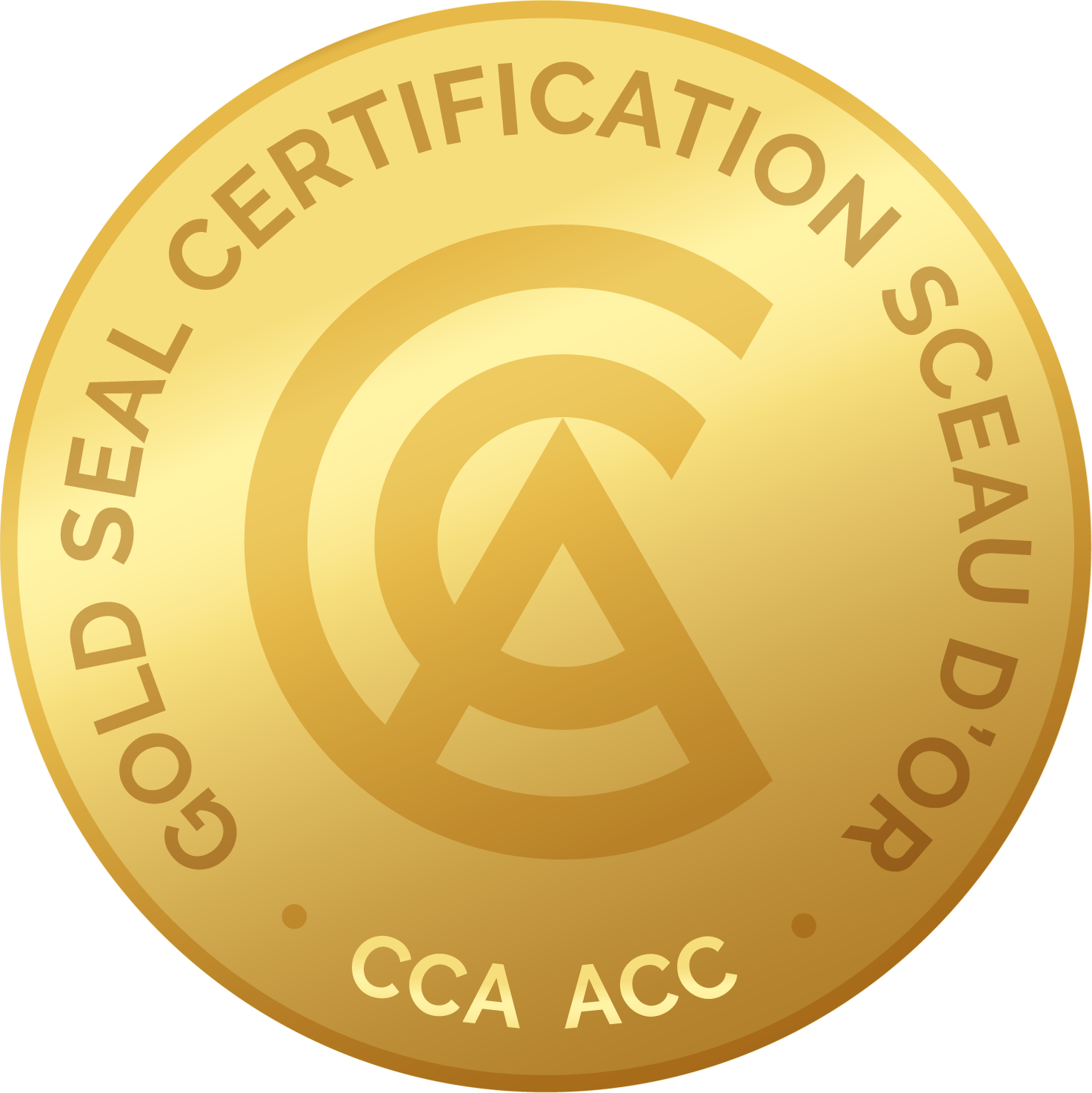Confined Space Safety Training - British Columbia
Gold Seal: 2 Credits
Description
Confined spaces present unique hazards that require specialized training to mitigate risks and ensure the safety of workers. This course provides comprehensive instruction on the identification, assessment, and control of hazards associated with confined spaces. Participants will learn about regulatory requirements, safe entry procedures, emergency response protocols, and best practices for working in confined spaces through a combination of theoretical instruction, case studies, and hands-on simulations.
The course is designed to be completed in two days, with each day typically lasting between 6 to 8 hours. However, the duration may vary depending on class size and the specific needs of participants.
This course will cover:
1. Introduction to Confined Spaces
- Definition of confined spaces
- Common examples of confined spaces in various industries
- Characteristics and hazards associated with confined spaces
2. Regulatory Framework
- Overview of relevant regulations and standards (e.g., OSHA, CSA)
- Employer and worker responsibilities
- Permit-required confined space requirements
3. Hazard Identification and Assessment
- Recognizing potential hazards in confined spaces (e.g., atmospheric, physical, biological)
- Methods for assessing confined space hazards (e.g., atmospheric testing, hazard evaluation)
- Use of confined space entry permits
4. Atmospheric Hazards
- Understanding different types of atmospheric hazards (e.g., oxygen deficiency, flammable gases, toxic substances)
- Atmospheric monitoring techniques and equipment
- Safe ventilation practices
5. Physical Hazards
- Identifying physical hazards in confined spaces (e.g., engulfment, entrapment, mechanical hazards)
- Lockout/tagout procedures for controlling energy sources
- Safe work practices for confined space entry and egress
6. Emergency Procedures
- Developing and implementing confined space rescue plans
- Rescue equipment and techniques
- Communication and coordination during emergency situations
7. Personal Protective Equipment (PPE)
- Selection and use of appropriate PPE for confined space entry
- Respiratory protection considerations
- Inspection, maintenance, and storage of PPE
8. Confined Space Entry Procedures
- Pre-entry preparation and planning
- Roles and responsibilities of entry team members
- Safe entry, work, and exit procedures
9. Case Studies and Best Practices
- Review of real-life confined space incidents
- Lessons learned and best practices for safe confined space work
10. Practical Simulations
- Hands-on simulations of confined space entry and rescue scenarios
- Application of theoretical knowledge in simulated environments
11. Assessment and Certification
- Written examination to assess theoretical knowledge
- Practical evaluation of confined space entry and rescue skills
- Issuance of certificates upon successful completion
Important: Photo ID is required to receive a certificate.
Successful participants will receive a certificate good for three years after passing a written and practical assessment.
Delivery Method: Classroom Session
Course Fee Includes: M All books and materials, and a certificate upon completion.
Prerequisites
There are no specific prerequisites for this course. However, participants should have a basic understanding of workplace safety principles and regulations.
Who Should Attend
This course is suitable for workers, supervisors, and managers who may be required to enter, work in, or supervise work in confined spaces, including but not limited to construction workers, industrial maintenance personnel, and emergency responders.
Course Credit Information

This course is eligible for 2 CCA Gold Seal education credits upon completion.
Registrants seeking gold seal credits for this course will be required to complete an assessment during the course to qualify to have the gold seal credit endorsement appear on their certificate of completion.